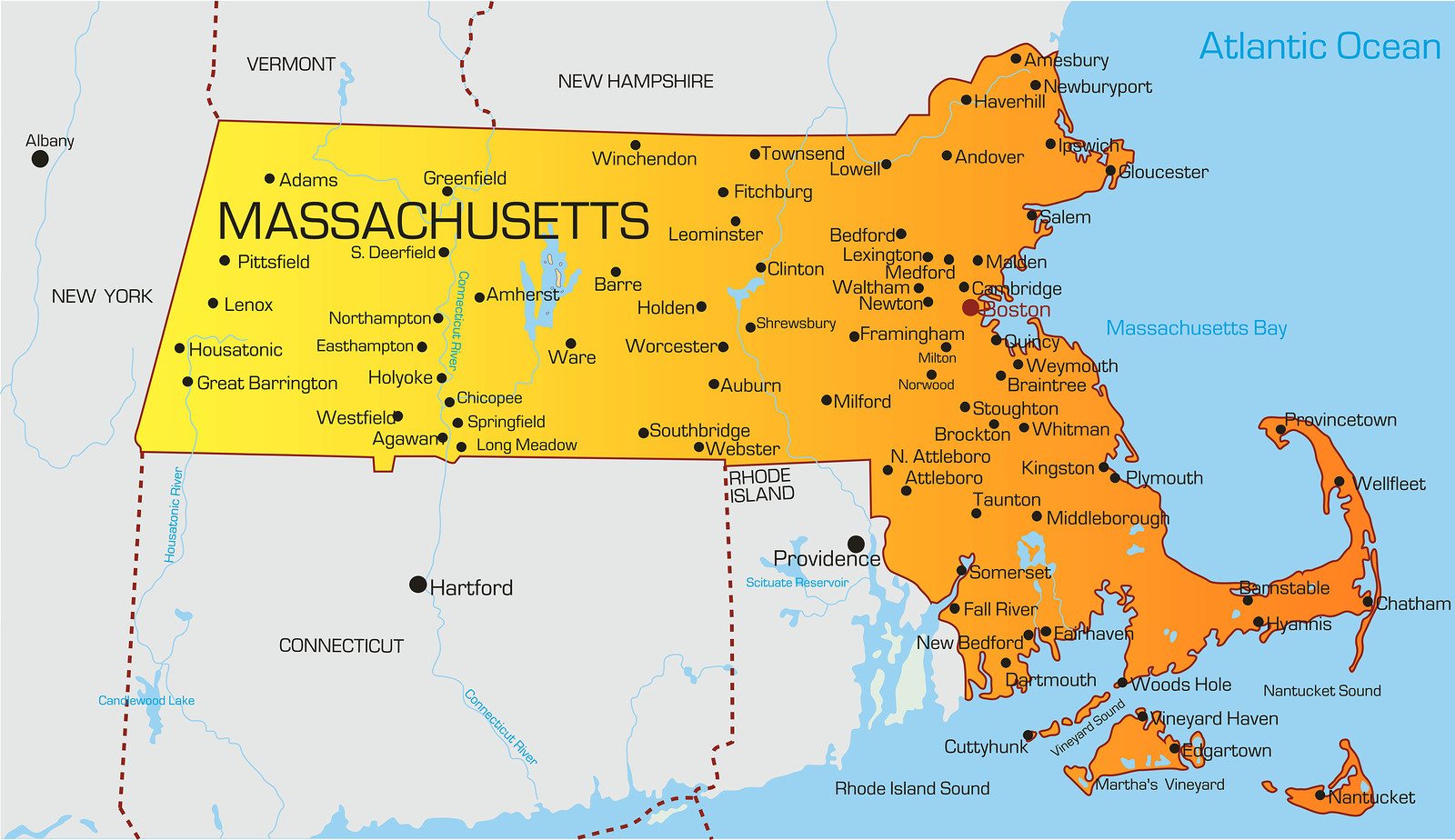
BOSTON, Mass. – According to a new report that looked at three socioeconomic factors, Massachusetts has been ranked the best place to live in the country.
It’s not clear when the report was surveyed but is it a coincidence the results come out one week after the Boston Red Sox clinched their fourth World Series championship in the last 14 years?
Or does it have anything to do with the fact the New Patriots have won five Super Bowls in the last 17 years?
The financial news and opinion site 24/7 Wall St. ranked every state and published the results Friday, Nov. 2. The rankings were based on an index that measured poverty rate, life expectancy at birth and the percentage of adults who have at least a bachelor’s degree.
These metrics, the authors say, sum up quality of life when it comes to health and prosperity. Massachusetts topped the list, with bordering states New Hampshire and Connecticut following in second and third place, respectively.
Here’s what the authors found for the Bay State:
• 10-year population change: 2.5 percent (eighth-smallest increase)
• Yearly unemployment: 4.7 percent (14th-highest)
• Poverty rate: 9.6 percent (fifth-lowest)
• Life expectancy at birth: 80.6 years (fourth-longest)

While there are many reasons Massachusetts topped the list, the authors highlighted its status as the most educated state in the country, with more than 43 percent of adults holding at least a bachelor’s degree.
“This high level of educational attainment sets these residents up for higher paying positions in their career,” the report said.
Massachusetts also had the fourth-highest median household income at $77,385 a year and boasts a poverty rate of 10.5 percent, well below the national rate of 13.4 percent.
New England performed particularly well in the rankings, with New Hampshire, Connecticut and Vermont all cracking the top 10.
Here are the top 10 states to live in, according to 24/7 Wall St.
1. Massachusetts
2. New Hampshire
3. Connecticut
4. Colorado
5. Minnesota
6. New Jersey
7. Hawaii
8. Maryland
9. Vermont
10. Utah
On the flip side, several states in the South ranked as the worst places to live. Mississippi was ranked dead last with slow population growth and high unemployment, as well as the highest poverty rate and shortest life expectancy in the country.
“Mississippi is the worst state to live in because it ranks last in a number of important measures that determine overall quality of life in a state,” the authors wrote.
The state’s life expectancy — 74.9 years — was more than four years below the national life expectancy, the authors noted. This is likely due in large part to “suboptimal access to and quality of health care,” they said.
Mississippi also had the fewest primary care physicians per capita and the third highest rate of preventable hospitalizations.

West Virginia, Louisiana, Alabama and Kentucky rounded out the bottom five states, followed by Arkansas, Oklahoma, New Mexico, Tennessee and South Carolina.
24/7 Wall St. said rates for poverty and bachelor degree attainment came from the U.S. Census Bureau’s 2017 American Community Survey. Life expectancy figures came from The Institute for Health Metrics and Evaluation and were from 2014, the latest year data was available. Unemployment rates came from the Bureau of Labor Statistics and were yearly for 2017.
SOURCE: www.247wallst.com











Leave a Reply